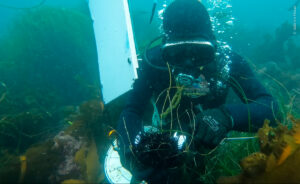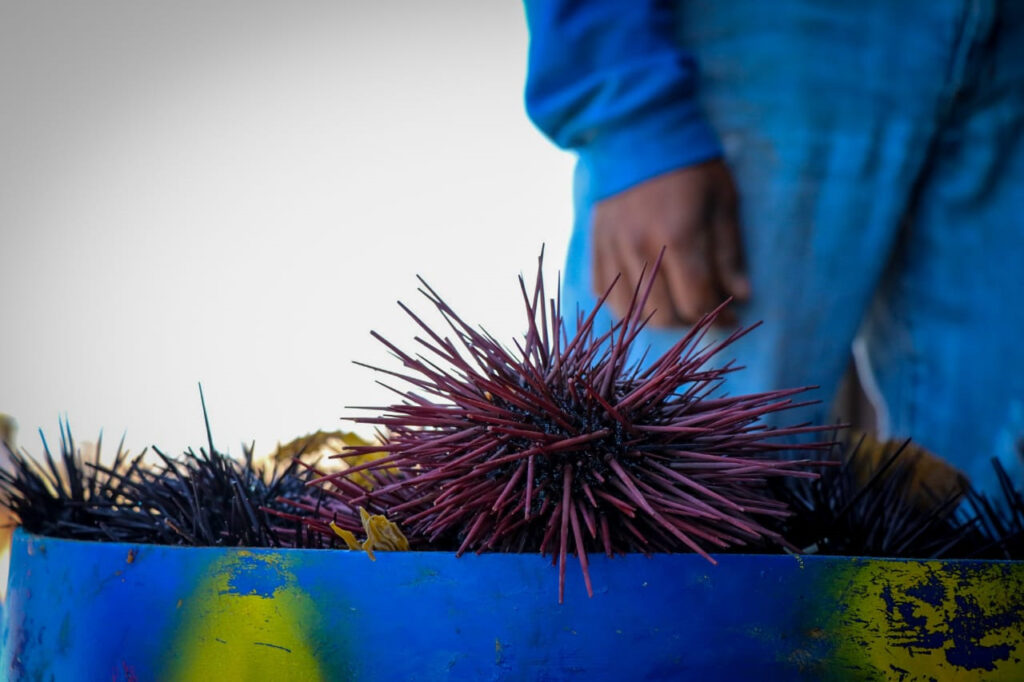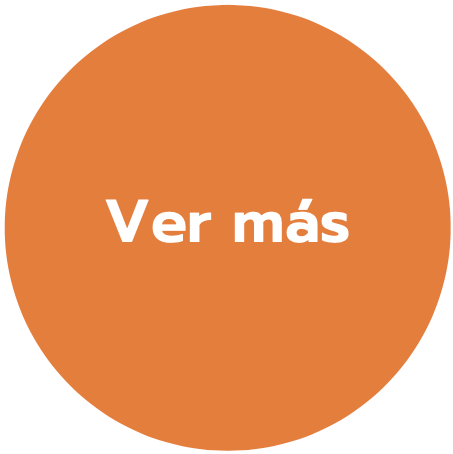Fishing for red hedgehog generates around 1,500 direct jobs and fosters commercial activity for thousands of people on the coast of Baja CaliforniaIt is therefore important that this fishing resource be conserved.
With that in mind, organizations such as Pronatura Noroeste and the National Fisheries Institute conducted biological monitoring during the month of July to record the population status of the red urchin, substrate conditions and algae cover, and other aspects of the ecosystem.
The tour focused on polygons strategically selected by Inapesca and Pronatura Noroeste fisheries technical personnel to determine the general state of the resource in the state.

The red hedgehog is one of the largest in the world, reaching an average of 19 centimeters in diameter.
"With this work, progress is being made towards sustainable fishing schemes, based on the Red Sea Urchin Fishery Improvement Project (FIP) coordinated by Pronatura Noroeste. This conservation instrument seeks to take advantage of the fishery resources within a sustainable framework, under the international standards established by the Marine Stewardship Council (MSC)", highlights Pronatura Noroeste in a press release.
For this monitoring, the participating fishermen divers were pre-certified in their scientific diving skills. The monitoring was carried out prior to the start of the fishery, scheduled from July to February. Further monitoring will be carried out to keep records of the conditions of the resource.
"We cannot move towards sustainable management and fishing without knowing the conditions of the fishery resource. Only with the involvement of local fishermen can we guarantee a real change in awareness and the permanence of sustainable fishing processes," emphasizes Gabriela Ehuan, coordinator of the red sea urchin FIP at Pronatura Noroeste.
José Méndez, a diver from the fishing organization Roeza SPR de RL, says that monitoring allows them to know how much product there is, its size and other aspects, data that are very relevant because this resource is the livelihood for their families.
The success of the project is based on collaboration with Inapesca, the Autonomous University of Baja California and organizations such as Baja California Fisheries Producers, Puerto Nuevo Coastal Fishermen, the Ensenada Fisheries Production Cooperative Society, the companies Arvi, Suarev, Punta Canoas and Roeza Sociedad de Producción Rural de Responsabilidad Limitada, as well as divers and fishermen from the Ejido Esteban Cantú.
Source: Pronatura Noroeste



